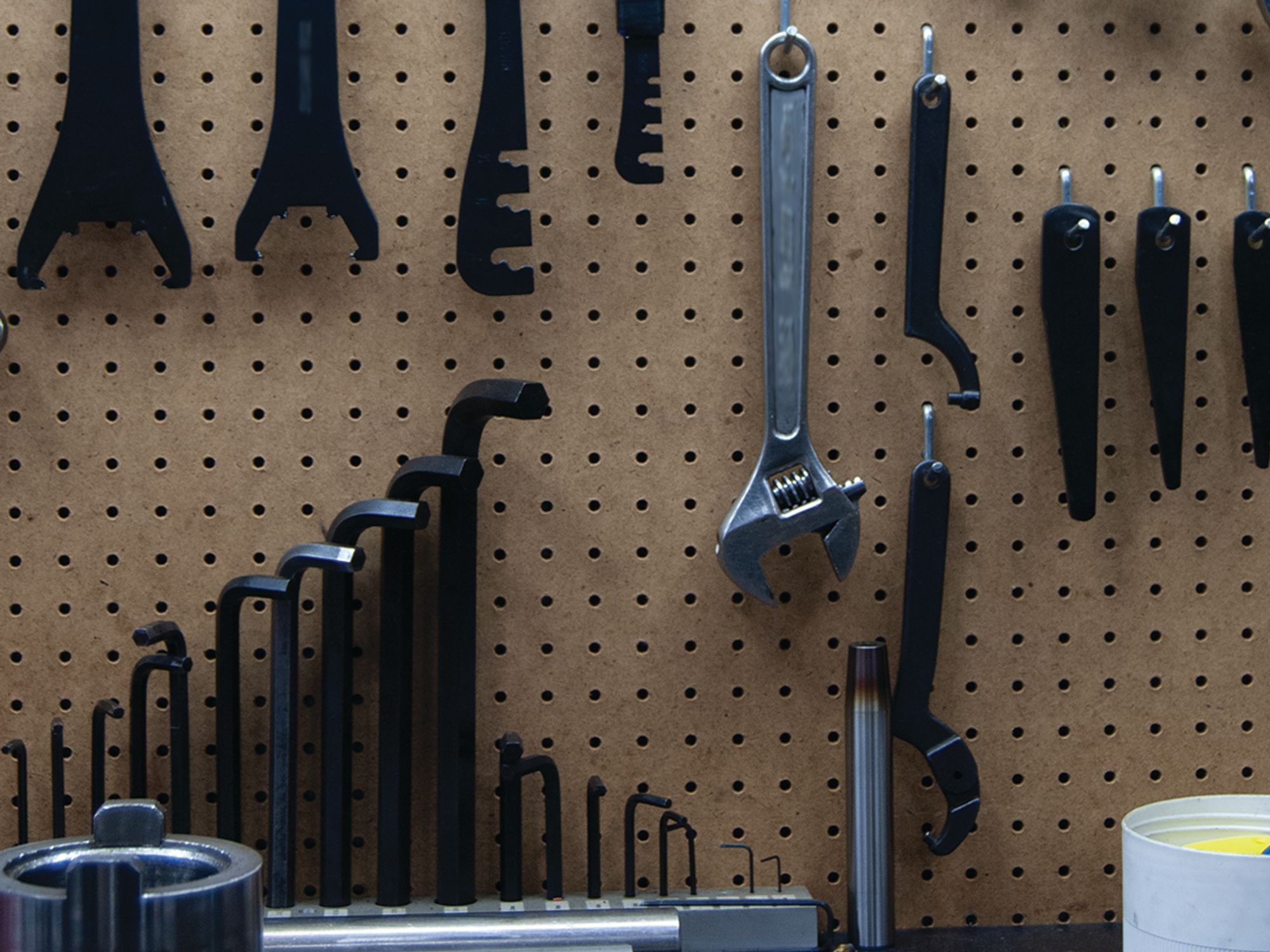InstituteSafety & HealthGeneral Industry SafetyTool SafetyTool SafetyEnglishAnalysisFocus AreaCompliance and Exceptions (Level 2)USA
Applicability and general safety issues
['Tool Safety']

- All employers who provide tools to employees must follow the OSHA standard at 1910 Subpart P.
- General safety rules that apply to all situations using tools include regular inspection of tools; keeping the work area clean, dry, and well lit; using the proper PPE; and choosing the right tool for the job.
All employers providing tools and equipment to employees, including tools and equipment which may be furnished by employees, must follow the Occupational Safety and Health Administration’s 1910 Subpart P–Hand and portable powered tools and other hand-held equipment.
General safety rules
Some general safety rules apply to all situations involving tools. Workers who use tools must:
- Keep the work area well-lit, dry, and clean.
- Maintain tools. This includes proper sharpening, oiling, and storage.
- Regularly inspect tools, cords, and accessories. This is an Occupational Safety and Health Administration (OSHA) electrical safety requirement.
- Replace problem equipment immediately. Repairs should be done only by qualified individuals.
- Use safety features such as three-prong electrical plugs, double-insulated tools, and safety switches.
- Keep machine guards in good repair and in place.
- Use personal protective equipment (PPE) such as safety glasses, respirators, and hearing protection.
- Dress properly. Wear clothing that will not tangle in tools, and do not wear jewelry.
- Choose the right tool for the job. Use the right-sized tool.
- Be aware that around flammable substances, sparks produced by iron or steel hand tools can become dangerous ignition sources. Where this hazard exists, spark-resistant tools made from brass, plastic, aluminum, or wood will provide safety.
